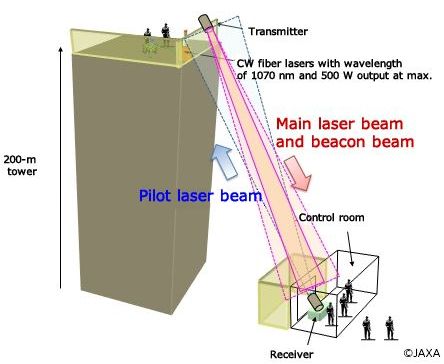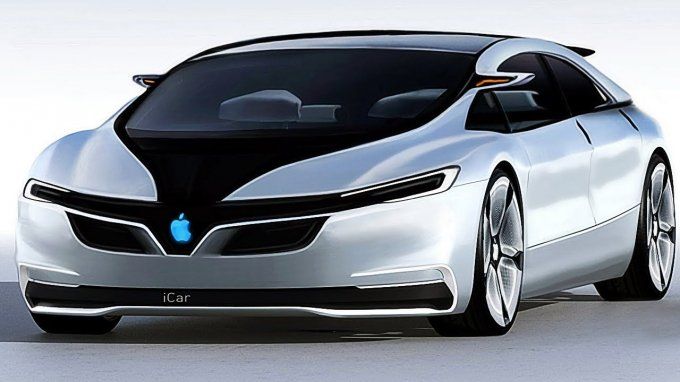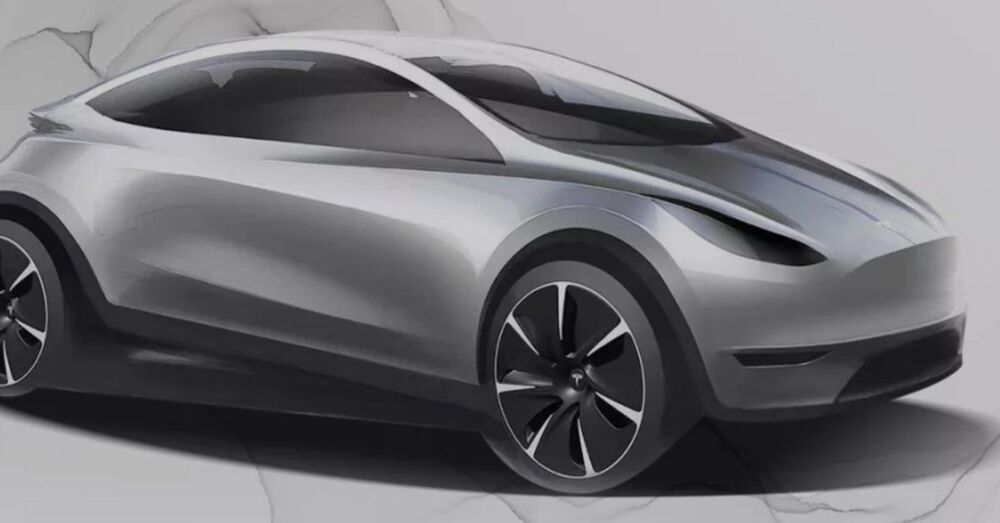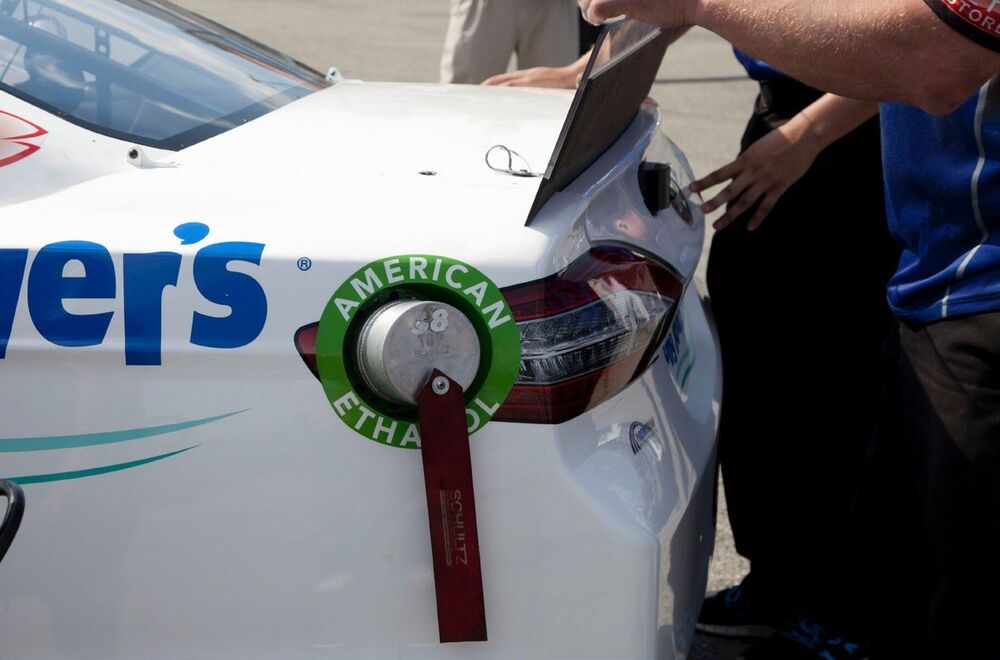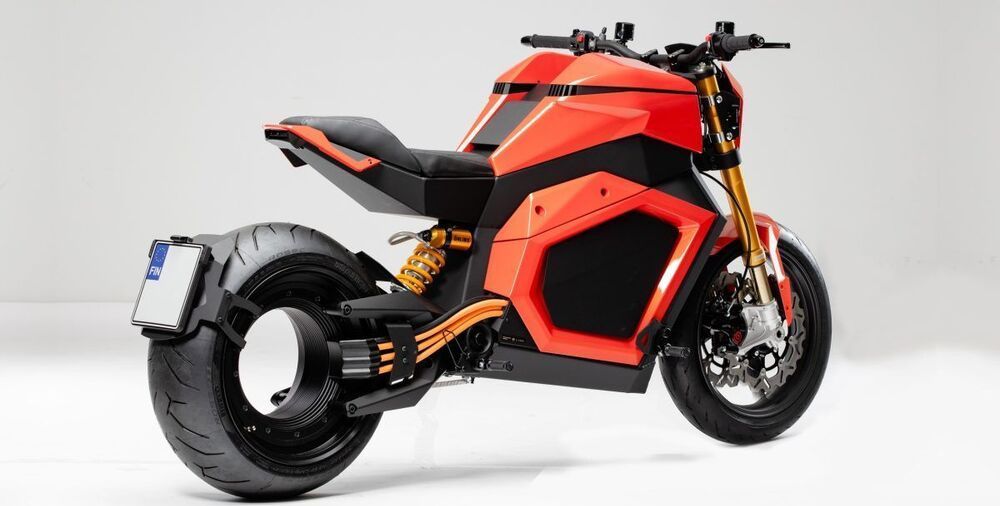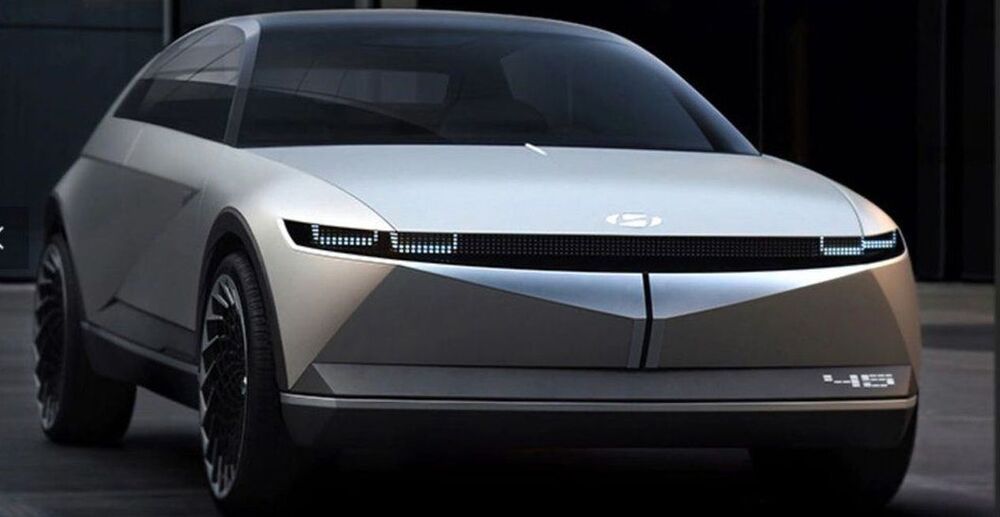Hyundai and Apple teaming up to challenge Tesla? 😃
Apple and Hyundai plan to sign a deal that would lead to a “beta” version of an Apple electric vehicle as early as 2022, according to a Sunday report from Reuters.
Reuters cited a report from Korea IT News that said the companies are planning to sign a deal by March 2021 to partner on the self-driving electric cars, according to a Sunday report from Korea IT News.
With a deal in place, the companies may have a beta version of the vehicle ready by next year, according to the report. Mass production of the self-driving electric vehicles could begin by 2024. The plan would be to build about 100000 vehicles in the US that year, according to Reuters.

